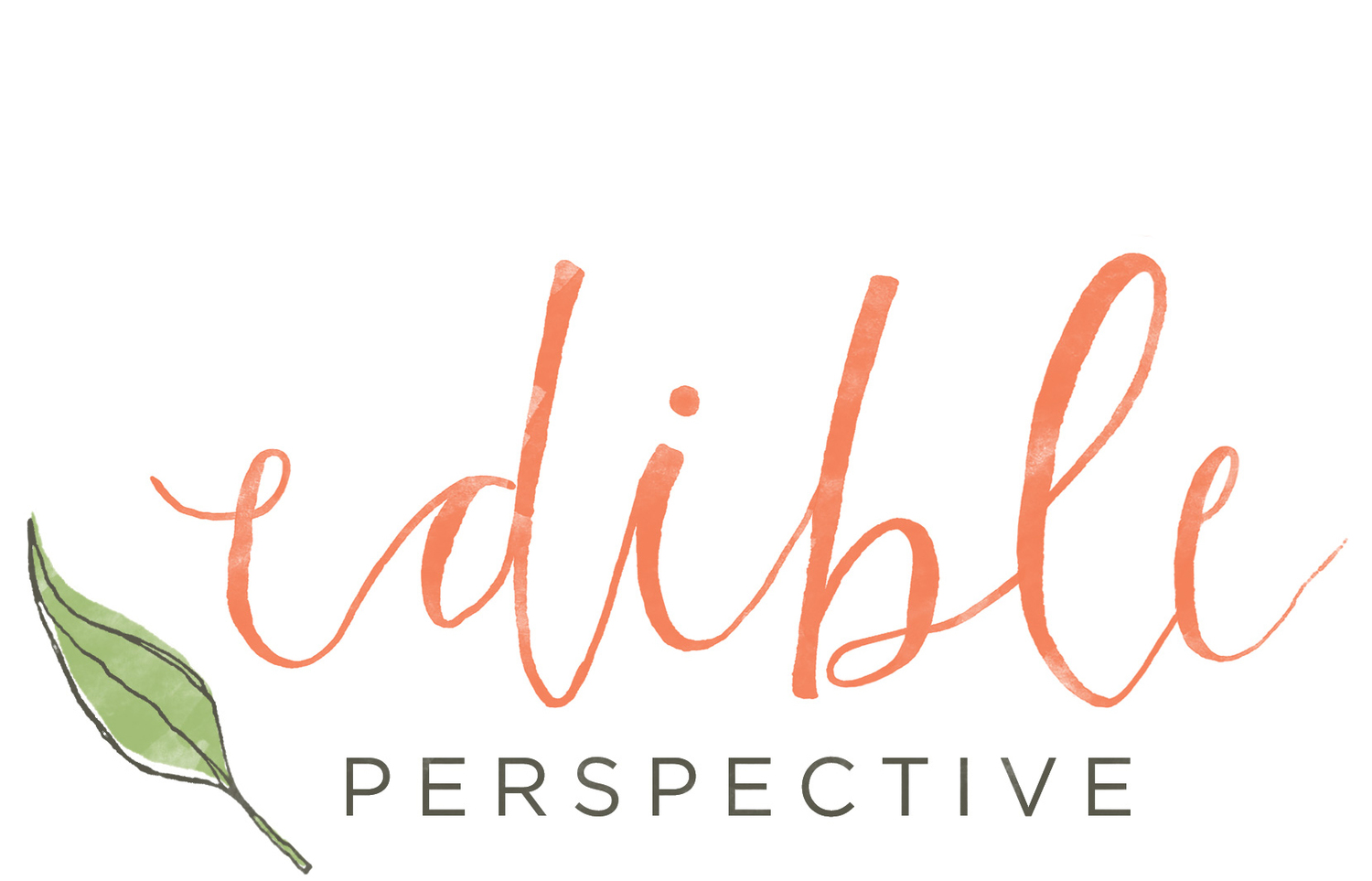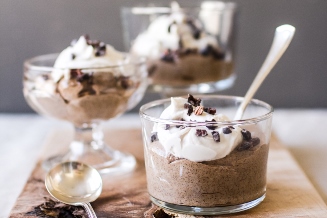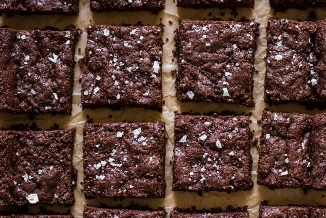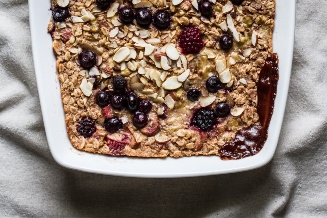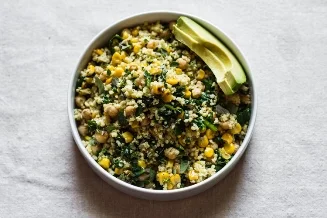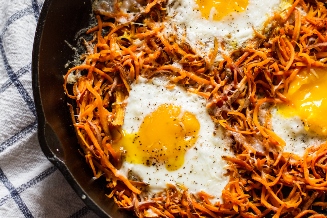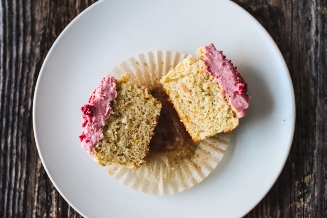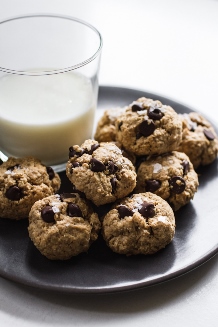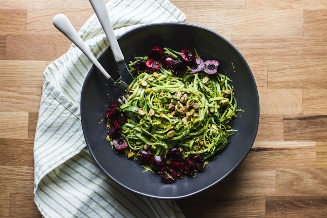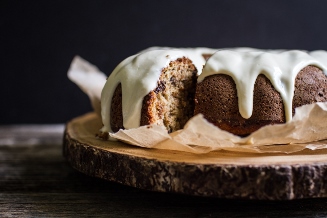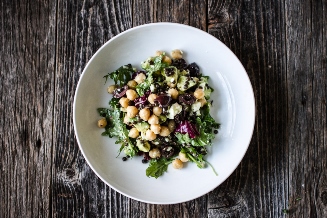photography 101 {shutter speed}
/Maybe it’s a bad idea to post a photography lesson the day after a long Thanksgiving weekend. Are you still in a food coma? Tired from shopping? Hungover? Still?
Well, at least I gave you a few hours this morning to catch up. Time to get your brain working again!
Aperture Recap
In the last photography 101 post, we learned a few key definitions, relating to aperture.
f-stop : focal point : focal length : focal distance : depth of field : exposure
Learning photography vocabulary will help you immensely. Time to bust out the flash cards!
Important points to remember:
- the wider the aperture -> the more light will be allowed through the lens
- the tighter the aperture -> less light will be allowed through the lens
- the wider the opening -> the smaller the f-stop # -> the narrower the depth of field
- the tighter the opening -> the larger the f-stop # -> the wider the depth of field
f/1.8 = wide opening = more light coming in = less in focus = narrow depth of field
f/22 = tight opening = less light coming in = more in focus = large depth of field
*Also remember, it’s not just the aperture/f-stop setting that determines your depth of field. The further away you stand from your object, the wider the depth of field becomes [more is in focus as you stand further back] and vice versa.
- As your depth of field widens/expands, the opening of your lens becomes smaller.
- As your depth of field narrows, your lens opening widens.
*So, if you want a wider depth of field [larger f-stop #, more in focus in your photo] you will need more light to properly expose the photo.
Now, let’s transition into Shutter Speed.
Measured in seconds, shutter speed refers to the amount of time your shutter remains open while you take the photo. During this time, your camera collects light + records the photographic data.
- 1” = the shutter will remain open for 1 second
- 1/50 = the shutter will remain open for 1/50th of a second
- shutter speed affects the amount of light coming into the camera and the way movement appears in a photo
- the faster [less time] the shutter stays open, the less light enters through the lens opening
- the slower [more time] the shutter stays open, the more light enters through the lens opening
slow shutter speed -> more light in -> blurs motion
fast shutter speed -> less light in -> freezes motion
When the shutter closes faster, less light comes into the camera.
The photo examples below, show a constant ISO and aperture setting, while the shutter speed quickens with each photo.
f/4 : ss 1/10 : iso 800
f/4 : ss 1/20 : iso 800
f/4 : ss 1/30 : iso 800
f/4 : ss 1/60 : iso 800
f/4 : ss 1/100 : iso 800
As we were talking about in the aperture review, when you’re looking for a wider depth of field [maybe f/8 instead of f/2], you’ll need more light coming into the camera for proper exposure. One way to achieve that wider depth of field [with proper exposure] is by adjusting the shutter speed to allow more light into the camera.
To be more specific, you would want to slooooooow your shutter speed, to allow more light to come into the camera. The longer the shutter stays open, the more light that will come in.
As you can see below in the first photo, the depth of field is quite narrow, with a fairly wide aperture of f/4. You can tell I was focused on the 2nd peanut butter cup bar, which stayed constant for all 3 photos. In the next two photos, I wanted to widen the depth of field, so more of my photo was in focus. To do this, I slowed the shutter speed.
Had I only changed the aperture, to f/8 or f/22, and not adjusted the shutter speed, the photo would have been dark [under exposed]. This is because the shutter would have closed, before allowing the camera to collect enough light to properly expose the photo.
The downside of slowing your shutter speed?
Your camera needs to remain completely still to do so! Now, it of course depends on exactly how slow you’re setting your shutter speed. For all of the photos above [and almost all naturally lit, indoor, food photos], if the camera wasn’t attached to a tripod, the photos would not have been as crisp.
Why?
While the shutter speed remains open, it’s collecting more than just light. It’s recording everything that happens during the time the shutter remains open. If your shutter speed is set to 1/15, that means for one 15th of a second, your camera is recording.
slower shutter speed –> allows more light in –> camera is more sensitive to shaky hands
What happens when your hands shake slightly with a slow shutter speed? Your photos won’t be as crisp, because the movement of your hands is recorded in the photo. If you have your camera on the tripod, there is no movement for your camera to record, which is why tripods are so beneficial.
My general rule is that if I slow my shutter past 1/80, I use my tripod. Sure, sometimes I still go handheld at 1/50 or 1/30, but quality is definitely lost. You may not notice at the 4x6 size, but when you start to blow up the photo, the degradation is evident. When using my tripod, I can slow my shutter speed to about 1 – 1.5 seconds, without noticing any loss of quality. When I go slower than 1.5 seconds, even the slight shake from pressing the shutter button, will be visible in photos.
90% of the time, I use my tripod. It takes some time to get used to, but allows you much more flexibility in your photos.
using a tripod –> allows significantly slower shutter speeds to be used, while maintaining sharp photos –> allows more light into your photos –> allows a wider depth of field –> gives you more options when photographing
In this post, from last year, I show the difference that using a tripod makes. I also talk about what to look for when choosing a tripod.
Next up in the series? Exposure!
See you soon, with some non-Thanksgiving FOOD.
Ashley
And don’t forget! You still have time to enter the Fall Stationary Giveaway with Brand E Paperie and Custom Design! If you win, you’ll receive 25 personalized stationary cards of your choice. And just for entering, you’ll receive a 10% coupon code for any holiday card purchase. Courtney just added a few brand new designs to the collection. This is my new favorite.
Giveaway + coupon offer end November 30th!
